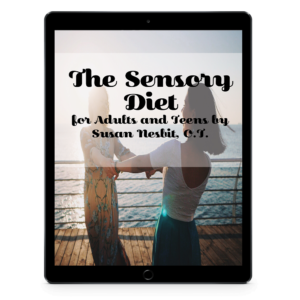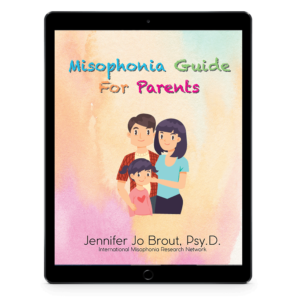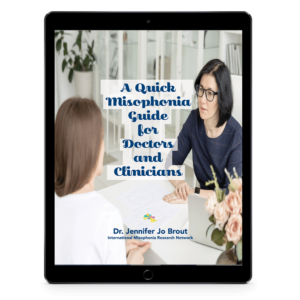“The Sensory Diet” by Susan Nesbit, O.T. [Children]
$0.00
Purpose of a Sensory Diet: Use a strategic mix of sensory activities to reduce meltdowns (e.g., yelling or snapping at someone) and shutdowns (withdrawing).
Definition of Sensory Dieting: Similar to eating food every few hours, the body needs to be replenished with sensory input. You may need to do a sensory diet every one-two hours. Sensory diets can be used at specific daily time periods or as needed. Choose one or more activities. Doing a sensory diet for 5-15 minutes can be helpful; however, doing a sensory diet for 30 minutes has a longer-lasting effect.
Description
Introduction: Patricia and Julia Wilbarger coined the term sensory diet. Persons with sensory over-responsivity (SOR) – a subtype of sensory processing disorders (SPD) – use sensory diets to stay calm, energized, and organized. Sensory diets are used for SOR in many sensory channels, including the auditory (sounds), the visual (sights), the tactile (touch), and the olfactory (smells). Note: The term SPD often is used interchangeably with SOR, including auditory over-responsivity. To be in sync with others, I used the term SPD in this document, unless the more narrow term of SOR or auditory-responsivity is needed for clarity.
Disclaimer: Whether a sensory diet also is helpful for persons with misophonia is unclear. Sensory diets were developed to treat SOR. If the causes of misophonia are different, then a sensory diet may not be effective. Scholars have speculated that both conditions are neurologically based, and perhaps the same structures in the brain are involved. Scholars from both camps proposed that the limbic system plays a role. The limbic system controls our emotions and the fight-flight-freeze response. The amygdala filters out the unimportant and irrelevant sensory information so it does not reach the limbic system. Deep pressure and slow movement are theorized to help the amygdala act as a filter. If the amygdala plays a role in misophonia, then a sensory diet could lessen the impact of the triggers so persons can respond with less adversity to noxious sounds (triggers). Research is needed to investigate the similarities and the differences between auditory over-responsivity and misophonia.
Purpose of a Sensory Diet: Use a strategic mix of sensory activities to reduce meltdowns (e.g., yelling or snapping at someone) and shutdowns (withdrawing).
Definition of Sensory Dieting: Similar to eating food every few hours, the body needs to be replenished with sensory input. You may need to do a sensory diet every one-two hours. Sensory diets can be used at specific daily time periods or as needed. Choose one or more activities. Doing a sensory diet for 5-15 minutes can be helpful; however, doing a sensory diet for 30 minutes has a longer-lasting effect.

!["The Sensory Diet" by Susan Nesbit, O.T. [Children]](https://misophoniaeducation.com/wp-content/uploads/2022/03/children.png)



